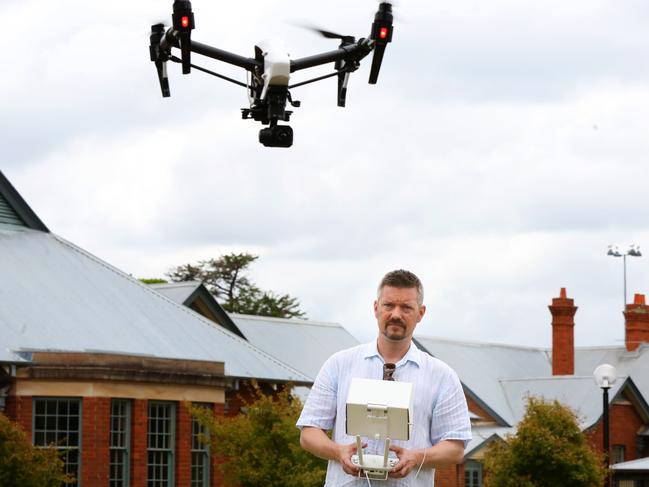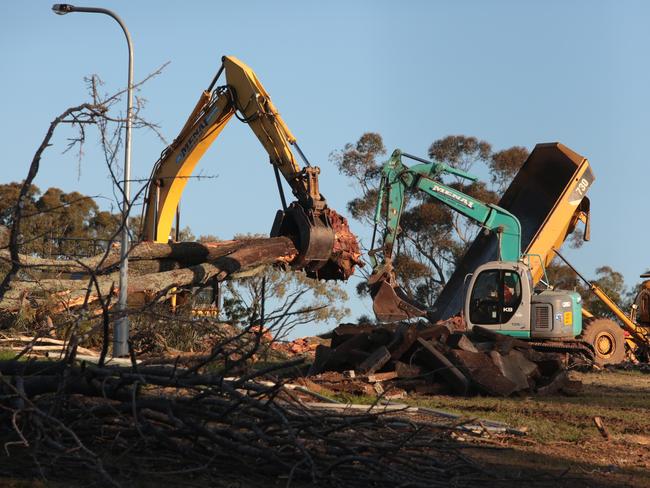New developments a big factor in higher temperatures
The Macarthur region is set to get hotter in the coming years unless there is a fundamental change to the planning of new developments, according to a leading environmental researcher.
A leading environmental researcher predicts the Macarthur region is set to get hotter in the coming years unless there is a fundamental change to the planning of new developments.
The area is set to swelter in the coming days with temperatures reaching a predicted peak of 41C on Friday.
The Macarthur region, along with much of western Sydney, already experiences temperatures about 10C higher than the eastern and northern suburbs.
Western Sydney University academic Sebastian Pfautsch is leading a research program in the region to gather data on the effect of urban heat.
Dr Pfautsch said factors such as the sea breeze heating as it moved inland and the topography of the land contributed to the higher temperatures, but the design of new developments also was a major driver of the sweltering heat.

Campbelltown recorded its hottest January day ever on January 7 last year, with the mercury peaking at 45.1C.
In December Dr Pfautsch’s team placed heat sensors across the Campbelltown local government area to measure temperatures, with one of the project’s objective to compare heat in new developments, such as Bardia at Ingleburn, to established suburbs such as Campbelltown.
“If you look at the new suburbs, we’ve cleared pastoral lands and bushland and replaced it with grey infrastructure that traps and releases heat in a different way,” Dr Pfautsch said.
“It’s a number of things which make these areas hotter: lack of trees, black roofs, bitumen and people are pumping their air conditioners which are releasing hot air.

“The heat is lasting into the evening because it is trapped and released slowly.”
Dr Pfautsch said Australia had heatwaves but suburbs were getting hotter generally.
He said Australia needed to shift its attitude towards development and look at new ways of designing its suburbs.
IN OTHER NEWS
“We’ve got the technology in Australia — you can still have a dark roof and it's a coat of paint which deflects UV rays,” he said. “We’ve also got cool street technology which can reflect solar radiation … it is already used in other parts of Sydney.”
Dr Pfautsch said smaller houses and larger backyards with trees would make a big difference in cooling suburbs.
A second research project is also planned to measure the difference in temperature before and after development at Menangle Park.


